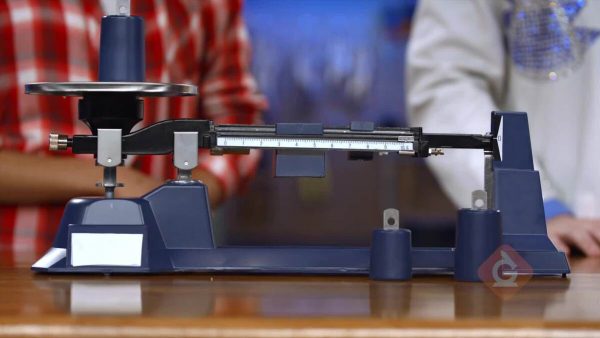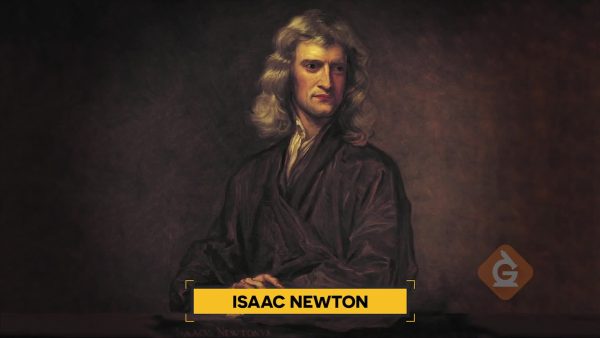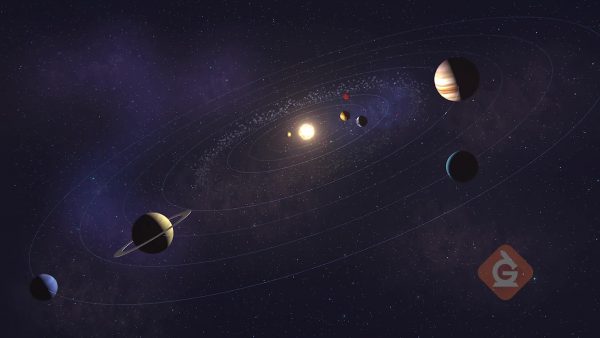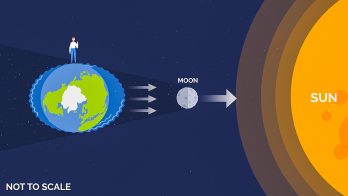On Earth, gravity gives weight to objects and pull objects toward the center of Earth. The Moon also affects this force and is responsible for the changing ocean tides. Gravitational force also occurs naturally between any objects that have mass or energy (including planets, stars, and galaxies) and pulls them together.
To better understand gravitational forces between objects…
LET’S BREAK IT DOWN!
Relationship Between Mass and Gravity

The force of gravity depends on the size (mass) of an object. The bigger the object, the stronger the force of gravity. The force of gravity will also depend on how close or far apart one object is from another. For example, if two objects are close together, the force of gravity is greater than if they were farther apart.
Relationship Between Mass and Weight

Mass and weight are different but can both be measured by standard units. Mass is the amount of matter an object contains, and mass does not change when you move an object from one place to another. Weight is the amount of force (gravity) acting on an object, and weight can change based on where an object is located.
The Moon Has Gravity

The Moon’s gravity pulls at Earth and causes predictable ocean tides. High tide is when the Moon’s gravitational pull is the strongest, and low tide is when the pull is the weakest. Lakes can also be affected by the Moon’s gravitational pull, but on a much smaller scale.
Sir Isaac Newton

Sir Isaac Newton was an Englishman who lived from 1643 to 1727. He is known in the science world for his laws of motion. Newton’s three laws of motion are commonly used in education to help students understand motion and the mathematical formulas that can be used to explain and predict motion.
Careers in Science: Astronomer

Astronomers are scientists who study in the science field of astronomy. Astronomers observe and study objects in space such as stars, moons, planets, asteroids and comets. Astronomers use observations and mathematical models to try to figure out what space looked like in the past and make predictions about what could happen in the future.

































































































































 Select a Google Form
Select a Google Form







 GENERATION GENIUS
GENERATION GENIUS




